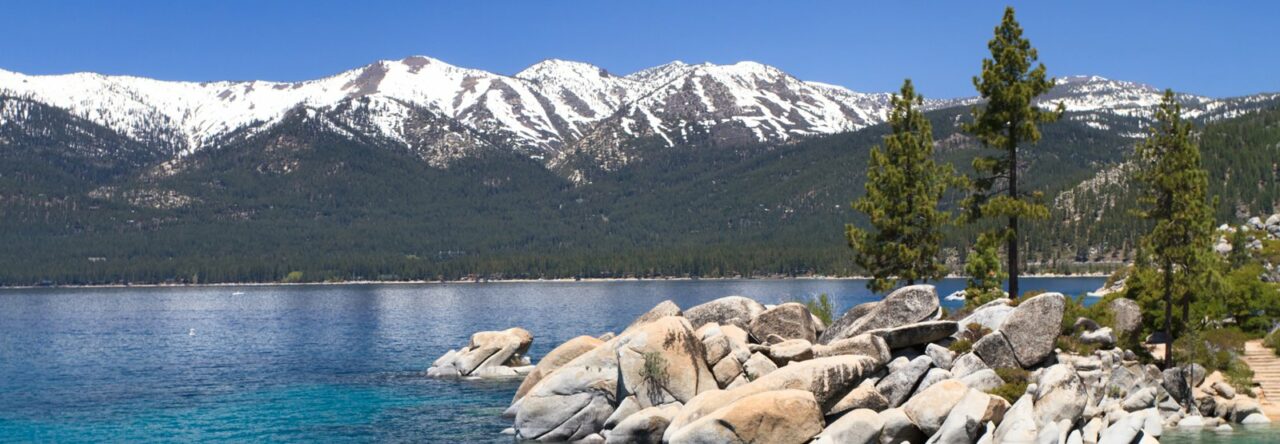We drove into North Dakota in the middle of the night so we could make it to Teddy Roosevelt National Park in the morning.
North Dakota. 8th State.

Teddy Roosevelt National Park. North Dakota. 7th National Park.


Poor Teddy Roosevelt. He came here to find solace after his wife and mother both died on the same day on the same day. His mother from typhoid and his wife during childbirth. He has been quoted saying “an abode of iron desolation” and “grim beauty”. We read this before we came and I have to say weren’t very excited about getting up here but we do want to hit every state and trying to get all the national parks we can so that’s the main reason we made it up this way. Unlike Great Basin where we weren’t expecting much but found lots of beauty…unfortunately I can’t quite say that for Teddy Roosevelt National Park. I think I’m too much of a California girl and want to see trees and mountains and lakes.
There were bison which I’m still not sick of, antelope galore in the surrounding area, and did get to see a few wild horses (but pretty far off in the distance).



Something kind a neat was a research project in the parks paper about how they are finding that even though bison are no longer in danger of becoming extinct, they are at risk of losing genetic diversity. Genetic diversity is a critical element in a species ability to adapt to change. Bison used to migrate hundreds of miles in a year with three with other individuals from other hurts. Now most now bison herd’s are isolated and small, thus creating genetically similar bison.

The fun new animal that we got to see were prairie dogs. i’m not sure who was more excited the girls or Daisy?



Wind Canyon Trail.



Teddy Roosevelt’s first home in North Dakota. he has also been quoted saying that he would not have been present if it not for his time in North Dakota.


He also credits that time and becoming a conservationist president. “We have become great because of our lavish resources. What will happen when our forests, coal, and iron are exhausted? Soils washing into streams polluting rivers, diluting fields?”




They do have a petrified forest here but unfortunately were unable to go because it was a gravel road it was very muddy and our RV would not be able to drive on it.
But I did find out how they were made which is pretty cool. Forests that are very quickly buried from either a flood or volcanic ash fall out can turn into a petrified forest. Water picks up the minerals in the volcanic ash, primarily silica and quartz and the silica-rich water inundates the organic material dissolving the organic compounds in the wood and replacing them with quartz crystals. The quartz crystals are so tiny that the internal structure of the tree is preserved, including the growth rings. The minerals harden and turn into rock. This process of quartz replacing wood is called petrification.

